As the @britishmuseum’s Colour Scientist, the #InspirationalObject that immediately comes to my mind is one that isn’t even on public display, yet it probably played a huge part in defining our modern understanding of light & colour. Can you guess what it is? #MuseumFromHome https://abs.twimg.com/emoji/v2/... draggable="false" alt="🌈" title="Rainbow" aria-label="Emoji: Rainbow">1/7
https://abs.twimg.com/emoji/v2/... draggable="false" alt="🌈" title="Rainbow" aria-label="Emoji: Rainbow">1/7
Measuring a little under 20 cm, the unassuming object is a glass prism once owned by Sir #IsaacNewton himself! It remained in his family until 1927 when it was donated to @britishmuseum. Read more about it here: https://bit.ly/34m2SxY ">https://bit.ly/34m2SxY&q... 2/7
Almost 350 years ago (1672), Newton published a series of experiments to prove that the refraction of light was responsible for colours. To do so he used a series of glass prisms (maybe even this one!) to refract white light, resolving it into its component colours  https://abs.twimg.com/emoji/v2/... draggable="false" alt="🌈" title="Rainbow" aria-label="Emoji: Rainbow">
https://abs.twimg.com/emoji/v2/... draggable="false" alt="🌈" title="Rainbow" aria-label="Emoji: Rainbow"> https://abs.twimg.com/emoji/v2/... draggable="false" alt="🌈" title="Rainbow" aria-label="Emoji: Rainbow">
https://abs.twimg.com/emoji/v2/... draggable="false" alt="🌈" title="Rainbow" aria-label="Emoji: Rainbow"> https://abs.twimg.com/emoji/v2/... draggable="false" alt="🌈" title="Rainbow" aria-label="Emoji: Rainbow"> 3/7
https://abs.twimg.com/emoji/v2/... draggable="false" alt="🌈" title="Rainbow" aria-label="Emoji: Rainbow"> 3/7
Interestingly Newton’s identified seven constituent colours—red, orange, yellow, green, blue, indigo, and violet— because he believed that the colours of the rainbow were somehow analogous to the notes of the musical scale.  https://abs.twimg.com/emoji/v2/... draggable="false" alt="🌈" title="Rainbow" aria-label="Emoji: Rainbow">
https://abs.twimg.com/emoji/v2/... draggable="false" alt="🌈" title="Rainbow" aria-label="Emoji: Rainbow">  https://abs.twimg.com/emoji/v2/... draggable="false" alt="🎼" title="Musical score" aria-label="Emoji: Musical score">
https://abs.twimg.com/emoji/v2/... draggable="false" alt="🎼" title="Musical score" aria-label="Emoji: Musical score">  https://abs.twimg.com/emoji/v2/... draggable="false" alt="🎶" title="Multiple musical notes" aria-label="Emoji: Multiple musical notes"> 4/7
https://abs.twimg.com/emoji/v2/... draggable="false" alt="🎶" title="Multiple musical notes" aria-label="Emoji: Multiple musical notes"> 4/7
Artists immediately embraced Newton’s ideas and particularly his conceptual arrangement of these seven colours around the circumference of a circle - a colour “wheel”, where each “spoke” is a letter corresponding to the notes of the musical scale  https://abs.twimg.com/emoji/v2/... draggable="false" alt="🌈" title="Rainbow" aria-label="Emoji: Rainbow">
https://abs.twimg.com/emoji/v2/... draggable="false" alt="🌈" title="Rainbow" aria-label="Emoji: Rainbow"> https://abs.twimg.com/emoji/v2/... draggable="false" alt="🎶" title="Multiple musical notes" aria-label="Emoji: Multiple musical notes"> 5/7
https://abs.twimg.com/emoji/v2/... draggable="false" alt="🎶" title="Multiple musical notes" aria-label="Emoji: Multiple musical notes"> 5/7
In Newton’s colour-music analogy, the colour violet was a kind of recurrence of the colour red in the same way that musical notes recur octaves apart. So, he introduced orange and indigo at the points in the scale where half steps occur: between E/F (orange) & B/C (indigo).6/7
Newton& #39;s theories were hotly debated for years to come but colour theorists continued to illustrate their concepts with colour wheels, first attributed to Newton in 1704. One of my favourites is Moses Harris’ from 1776. Do you have a favourite?  https://abs.twimg.com/emoji/v2/... draggable="false" alt="🌈" title="Rainbow" aria-label="Emoji: Rainbow">
https://abs.twimg.com/emoji/v2/... draggable="false" alt="🌈" title="Rainbow" aria-label="Emoji: Rainbow"> https://abs.twimg.com/emoji/v2/... draggable="false" alt="🌈" title="Rainbow" aria-label="Emoji: Rainbow">
https://abs.twimg.com/emoji/v2/... draggable="false" alt="🌈" title="Rainbow" aria-label="Emoji: Rainbow"> https://abs.twimg.com/emoji/v2/... draggable="false" alt="🌈" title="Rainbow" aria-label="Emoji: Rainbow">7/7
https://abs.twimg.com/emoji/v2/... draggable="false" alt="🌈" title="Rainbow" aria-label="Emoji: Rainbow">7/7

 Read on Twitter
Read on Twitter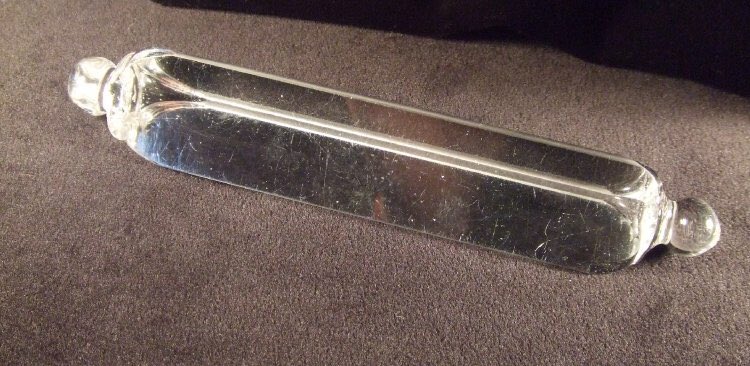 1/7" title="As the @britishmuseum’s Colour Scientist, the #InspirationalObject that immediately comes to my mind is one that isn’t even on public display, yet it probably played a huge part in defining our modern understanding of light & colour. Can you guess what it is? #MuseumFromHomehttps://abs.twimg.com/emoji/v2/... draggable="false" alt="🌈" title="Rainbow" aria-label="Emoji: Rainbow">1/7" class="img-responsive" style="max-width:100%;"/>
1/7" title="As the @britishmuseum’s Colour Scientist, the #InspirationalObject that immediately comes to my mind is one that isn’t even on public display, yet it probably played a huge part in defining our modern understanding of light & colour. Can you guess what it is? #MuseumFromHomehttps://abs.twimg.com/emoji/v2/... draggable="false" alt="🌈" title="Rainbow" aria-label="Emoji: Rainbow">1/7" class="img-responsive" style="max-width:100%;"/>
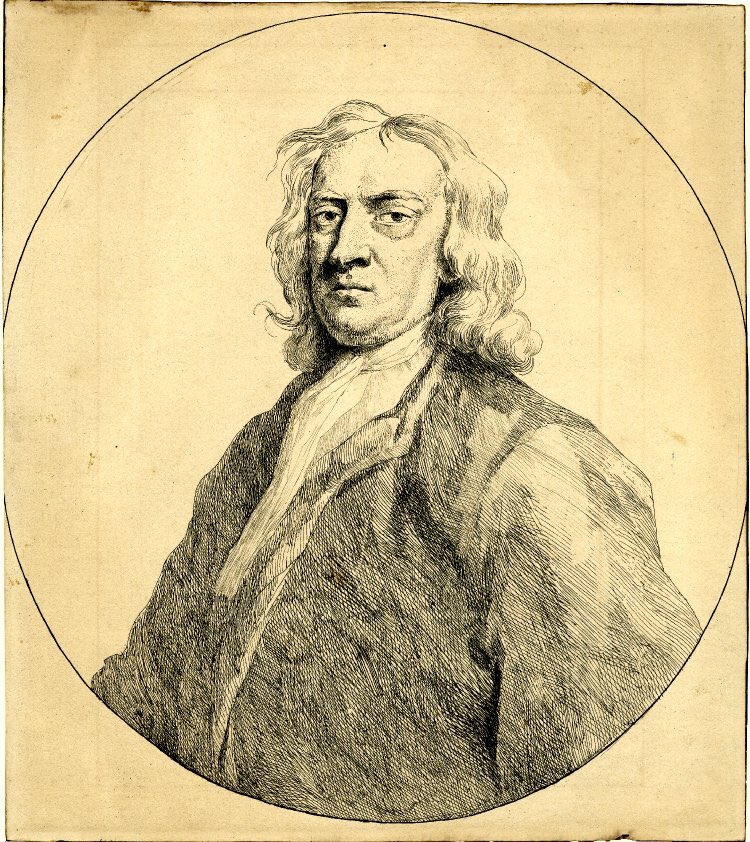
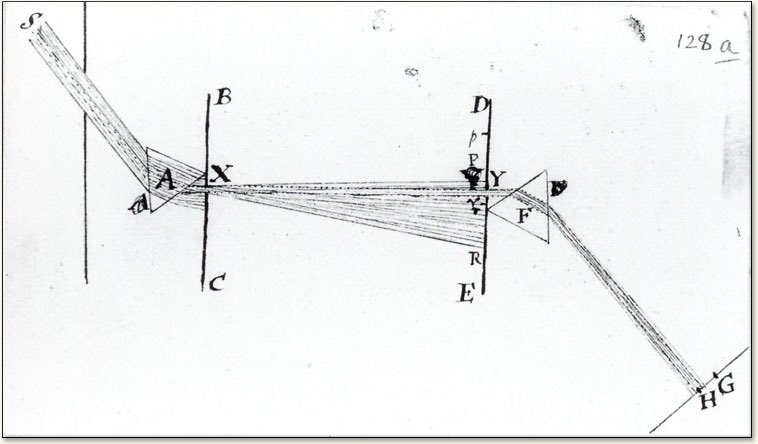 https://abs.twimg.com/emoji/v2/... draggable="false" alt="🌈" title="Rainbow" aria-label="Emoji: Rainbow">https://abs.twimg.com/emoji/v2/... draggable="false" alt="🌈" title="Rainbow" aria-label="Emoji: Rainbow"> 3/7" title="Almost 350 years ago (1672), Newton published a series of experiments to prove that the refraction of light was responsible for colours. To do so he used a series of glass prisms (maybe even this one!) to refract white light, resolving it into its component colours https://abs.twimg.com/emoji/v2/... draggable="false" alt="🌈" title="Rainbow" aria-label="Emoji: Rainbow">https://abs.twimg.com/emoji/v2/... draggable="false" alt="🌈" title="Rainbow" aria-label="Emoji: Rainbow">https://abs.twimg.com/emoji/v2/... draggable="false" alt="🌈" title="Rainbow" aria-label="Emoji: Rainbow"> 3/7" class="img-responsive" style="max-width:100%;"/>
https://abs.twimg.com/emoji/v2/... draggable="false" alt="🌈" title="Rainbow" aria-label="Emoji: Rainbow">https://abs.twimg.com/emoji/v2/... draggable="false" alt="🌈" title="Rainbow" aria-label="Emoji: Rainbow"> 3/7" title="Almost 350 years ago (1672), Newton published a series of experiments to prove that the refraction of light was responsible for colours. To do so he used a series of glass prisms (maybe even this one!) to refract white light, resolving it into its component colours https://abs.twimg.com/emoji/v2/... draggable="false" alt="🌈" title="Rainbow" aria-label="Emoji: Rainbow">https://abs.twimg.com/emoji/v2/... draggable="false" alt="🌈" title="Rainbow" aria-label="Emoji: Rainbow">https://abs.twimg.com/emoji/v2/... draggable="false" alt="🌈" title="Rainbow" aria-label="Emoji: Rainbow"> 3/7" class="img-responsive" style="max-width:100%;"/>
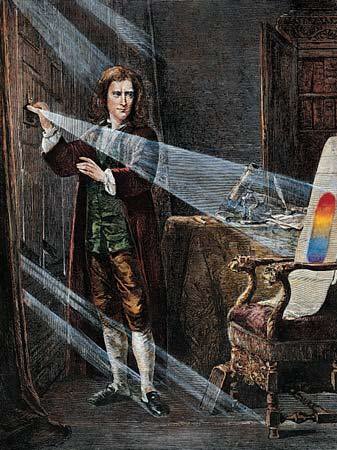 https://abs.twimg.com/emoji/v2/... draggable="false" alt="🎼" title="Musical score" aria-label="Emoji: Musical score"> https://abs.twimg.com/emoji/v2/... draggable="false" alt="🎶" title="Multiple musical notes" aria-label="Emoji: Multiple musical notes"> 4/7" title="Interestingly Newton’s identified seven constituent colours—red, orange, yellow, green, blue, indigo, and violet— because he believed that the colours of the rainbow were somehow analogous to the notes of the musical scale. https://abs.twimg.com/emoji/v2/... draggable="false" alt="🌈" title="Rainbow" aria-label="Emoji: Rainbow"> https://abs.twimg.com/emoji/v2/... draggable="false" alt="🎼" title="Musical score" aria-label="Emoji: Musical score"> https://abs.twimg.com/emoji/v2/... draggable="false" alt="🎶" title="Multiple musical notes" aria-label="Emoji: Multiple musical notes"> 4/7" class="img-responsive" style="max-width:100%;"/>
https://abs.twimg.com/emoji/v2/... draggable="false" alt="🎼" title="Musical score" aria-label="Emoji: Musical score"> https://abs.twimg.com/emoji/v2/... draggable="false" alt="🎶" title="Multiple musical notes" aria-label="Emoji: Multiple musical notes"> 4/7" title="Interestingly Newton’s identified seven constituent colours—red, orange, yellow, green, blue, indigo, and violet— because he believed that the colours of the rainbow were somehow analogous to the notes of the musical scale. https://abs.twimg.com/emoji/v2/... draggable="false" alt="🌈" title="Rainbow" aria-label="Emoji: Rainbow"> https://abs.twimg.com/emoji/v2/... draggable="false" alt="🎼" title="Musical score" aria-label="Emoji: Musical score"> https://abs.twimg.com/emoji/v2/... draggable="false" alt="🎶" title="Multiple musical notes" aria-label="Emoji: Multiple musical notes"> 4/7" class="img-responsive" style="max-width:100%;"/>
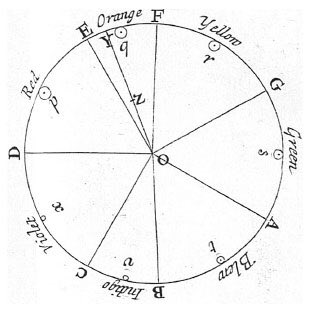 https://abs.twimg.com/emoji/v2/... draggable="false" alt="🎶" title="Multiple musical notes" aria-label="Emoji: Multiple musical notes"> 5/7" title="Artists immediately embraced Newton’s ideas and particularly his conceptual arrangement of these seven colours around the circumference of a circle - a colour “wheel”, where each “spoke” is a letter corresponding to the notes of the musical scale https://abs.twimg.com/emoji/v2/... draggable="false" alt="🌈" title="Rainbow" aria-label="Emoji: Rainbow">https://abs.twimg.com/emoji/v2/... draggable="false" alt="🎶" title="Multiple musical notes" aria-label="Emoji: Multiple musical notes"> 5/7" class="img-responsive" style="max-width:100%;"/>
https://abs.twimg.com/emoji/v2/... draggable="false" alt="🎶" title="Multiple musical notes" aria-label="Emoji: Multiple musical notes"> 5/7" title="Artists immediately embraced Newton’s ideas and particularly his conceptual arrangement of these seven colours around the circumference of a circle - a colour “wheel”, where each “spoke” is a letter corresponding to the notes of the musical scale https://abs.twimg.com/emoji/v2/... draggable="false" alt="🌈" title="Rainbow" aria-label="Emoji: Rainbow">https://abs.twimg.com/emoji/v2/... draggable="false" alt="🎶" title="Multiple musical notes" aria-label="Emoji: Multiple musical notes"> 5/7" class="img-responsive" style="max-width:100%;"/>
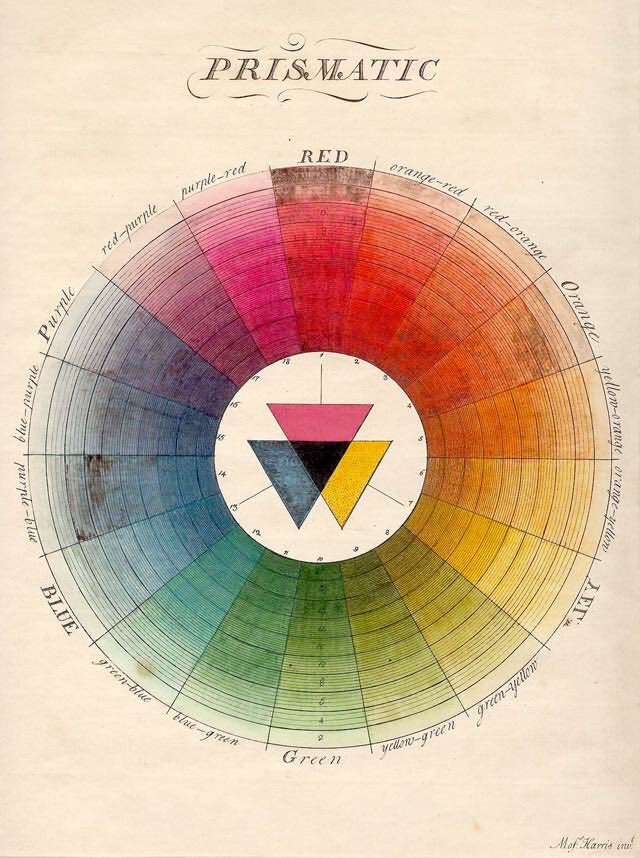 https://abs.twimg.com/emoji/v2/... draggable="false" alt="🌈" title="Rainbow" aria-label="Emoji: Rainbow">https://abs.twimg.com/emoji/v2/... draggable="false" alt="🌈" title="Rainbow" aria-label="Emoji: Rainbow">7/7" title="Newton& #39;s theories were hotly debated for years to come but colour theorists continued to illustrate their concepts with colour wheels, first attributed to Newton in 1704. One of my favourites is Moses Harris’ from 1776. Do you have a favourite? https://abs.twimg.com/emoji/v2/... draggable="false" alt="🌈" title="Rainbow" aria-label="Emoji: Rainbow">https://abs.twimg.com/emoji/v2/... draggable="false" alt="🌈" title="Rainbow" aria-label="Emoji: Rainbow">https://abs.twimg.com/emoji/v2/... draggable="false" alt="🌈" title="Rainbow" aria-label="Emoji: Rainbow">7/7" class="img-responsive" style="max-width:100%;"/>
https://abs.twimg.com/emoji/v2/... draggable="false" alt="🌈" title="Rainbow" aria-label="Emoji: Rainbow">https://abs.twimg.com/emoji/v2/... draggable="false" alt="🌈" title="Rainbow" aria-label="Emoji: Rainbow">7/7" title="Newton& #39;s theories were hotly debated for years to come but colour theorists continued to illustrate their concepts with colour wheels, first attributed to Newton in 1704. One of my favourites is Moses Harris’ from 1776. Do you have a favourite? https://abs.twimg.com/emoji/v2/... draggable="false" alt="🌈" title="Rainbow" aria-label="Emoji: Rainbow">https://abs.twimg.com/emoji/v2/... draggable="false" alt="🌈" title="Rainbow" aria-label="Emoji: Rainbow">https://abs.twimg.com/emoji/v2/... draggable="false" alt="🌈" title="Rainbow" aria-label="Emoji: Rainbow">7/7" class="img-responsive" style="max-width:100%;"/>


